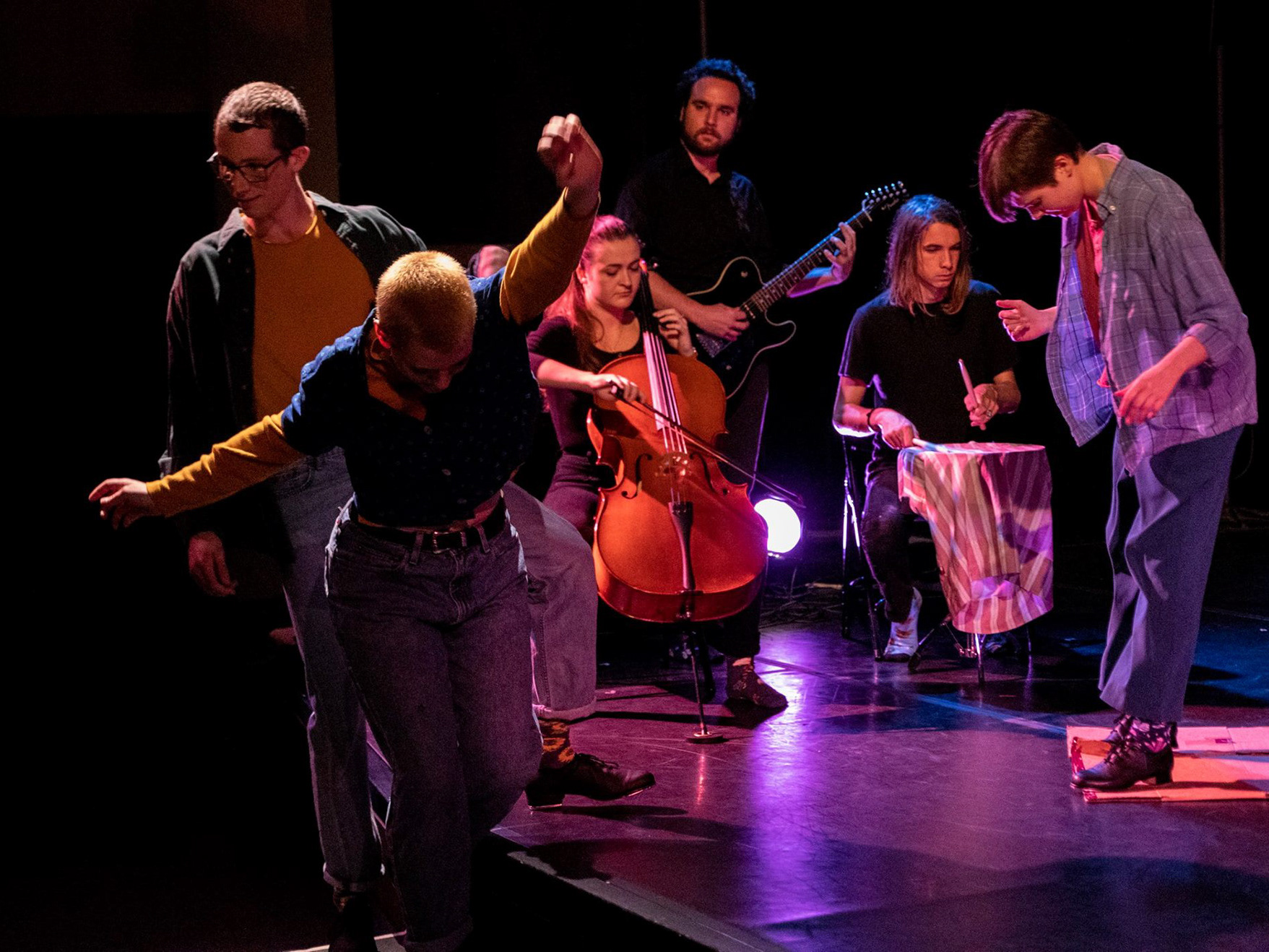Cover by Gram Nitschke
Role: Sound Designer & Writer
Co-Creators: Gram Nitschke and Ian Horning
Project: Single Player Computer Game
Timeframe: 6 Weeks
Framework: Phaser
Shown In UCSC Games Showcase 2019
Story & Gameplay
A 2D planetary strategy game where sending your workers between differing time streams threatens to upset the delicate balance of their lives, but sacrifices are sometimes necessary for the greater cause.
A Relative Shift In Time places the player with a utilitarian dilemma. There are five planets, all moving at different speeds, surrounding a black hole. Among the five planets there are three workers. The player must send the workers to the planets to complete a project which will stop the planets getting sucked into the black hole. The struggle is that the workers’ efficiency drops the farther astray they become from their original timeline.
The workers receive messages from family and friends based on how ahead or behind they are from their home planet. The win condition is only concerned with the work being completed, the death of the workers slows down and/or stops being able to win the game, but the casualties are purposeful. This element is what makes it a utilitarian dilemma.


Development & Production
Conceptualization & Scope This game was conceived from the prompting themes of eternal and delicate for CMPM/ARTG 120 Fundamentals of Game Production (Profs. Nathan Altice and Elizabeth Swenson) at UC Santa Cruz. As we had to complete the game in 6 weeks, our scope had to be small. Our aim was to have a replayable experience with only one level. This led us to have the players working within a system involving time manipulation; something that can be both eternal and delicate as well as fit our scope. The movie Interstellar and other space time-travel science fiction stories inspired the narrative and aesthetic.
Sprints & Scrum Our development consisted of three two-week sprints. We used Google Spreadsheets to keep track of our tasks, Discord for scrum and day-to-day communication, and Github for our file collaboration.
Prototyping & Playtesting At the end of each sprint, we had a new prototype ready for playtesting. The first was a paper prototype, the second a basic digital prototype, and the third our final build. The trickiest aspect was teaching players how to understand the system and what they were supposed to do. Part of the reason for this was because players did not want to do what the game requires: sacrificing their workers. As we worked within a small scope, we had a decent amount of time to polish and make all the elements satisfying and cohesive.
Sound Design & Writing The overall goal of the sound design was to create a space-like white noise. As the game can get quite stressful, the BGM is calming and atmospheric. The sound effects have a retro influence in reference to the game’s inspiration. The main objective of the writing and narrative was to bring humanity to the characters and also help make sense of the system to players.







